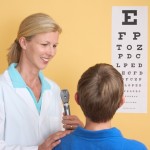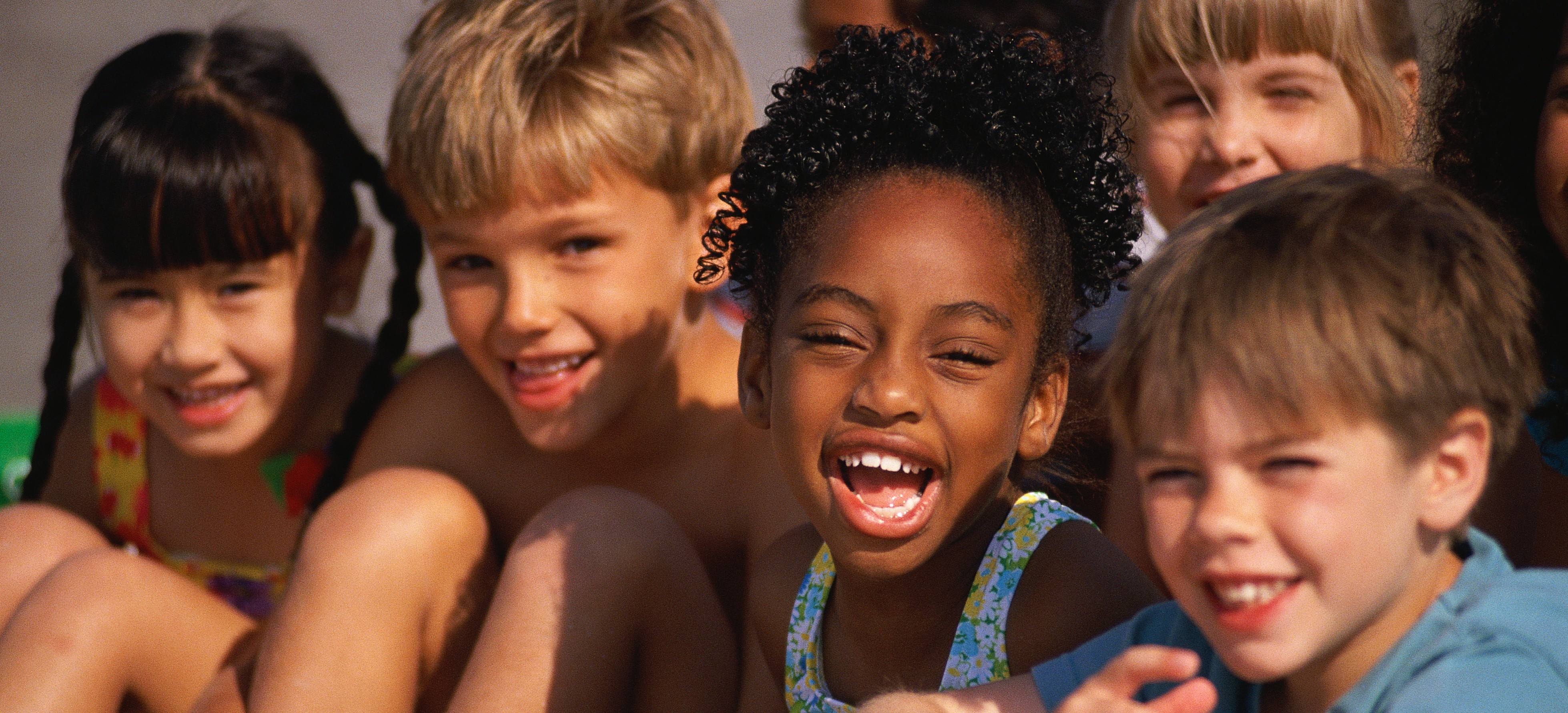 Vision development in children involves not only the development of good eyesight such as 20/20 vision but also fine motor development, gross motor development, and visual perceptual development. A large part of visual development in children takes place when they are preschoolers, and proper vision development in children closely follows the cognitive stages for child development. By ensuring proper vision development occurs in children, many learning problems can be avoided when preschoolers enter kindergarten and grade school.
Vision development in children involves not only the development of good eyesight such as 20/20 vision but also fine motor development, gross motor development, and visual perceptual development. A large part of visual development in children takes place when they are preschoolers, and proper vision development in children closely follows the cognitive stages for child development. By ensuring proper vision development occurs in children, many learning problems can be avoided when preschoolers enter kindergarten and grade school.
Many different factors can interfere with the proper development of the visual system. Childhood illnesses, head trauma or injury, complications during delivery or pregnancy, inherited traits and environmental factors are all examples of things that can contribute to incomplete development of the visual system There are many important things for your child to learn in the years between birth and entering school. He learns more and at a faster rate during these years than at any other comparable period in his life.
This is a time for developing the basic skills of walking, talking, and learning how to learn. It is a time when your child is developing control of his body, his feelings, his thoughts, and his actions.
Not too long ago, visual care had only one concern; were glasses needed to correct an eye defect? The entire visual exam was devoted to answering this question.
 The goal was 20/20 visual acuity; if it could be achieved with lenses than glasses were prescribed, and if it already existed then none were prescribed. If an eye turned in or out then surgery was often performed to straighten it.
The goal was 20/20 visual acuity; if it could be achieved with lenses than glasses were prescribed, and if it already existed then none were prescribed. If an eye turned in or out then surgery was often performed to straighten it.
Visual care was something that could be achieved through a rigid mechanistic-physical ‘eyeball’ philosophy where the eyes were considered as separate from the individual who possessed them. Meaningful seeing, spatial relationships, personality, intelligence, individuality, and all the attributes which distinguish individuals from one another were ignored. Developmental optometry has emerged in the light of understanding vision in its dynamic qualities of growth, learning, meaning, and the integrating function of all senses.
We know that play affects visual development and visual development affects play. Play teaches a child what the world is and how he responds to it forms him as an individual. While a child plays, he is strengthening not only his muscles, but also strengthening his perceptions, learning new skills, letting off excess energy, trying out different solutions to problems, and learning how to deal with other people.
Without good visual development, a child will develop functional visual problems which will influence his or her learning, motor abilities, and cognitive function as they progress through school and in later life.
To learn more about visual development and what you can do to help your child achieve good visual development, go to www.VisionTherapyAtHome.com and check out the Visual Development for Preschoolers home program.
